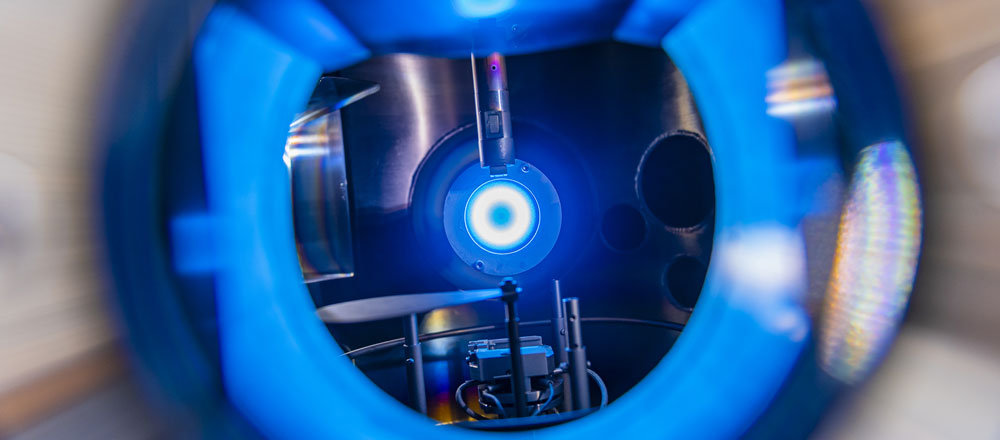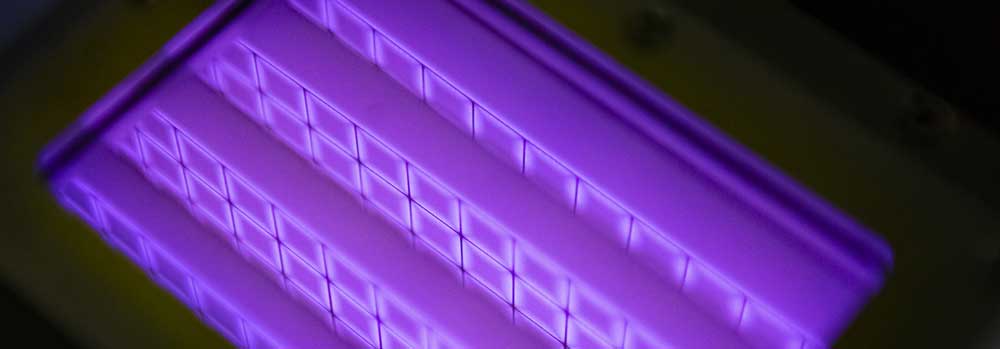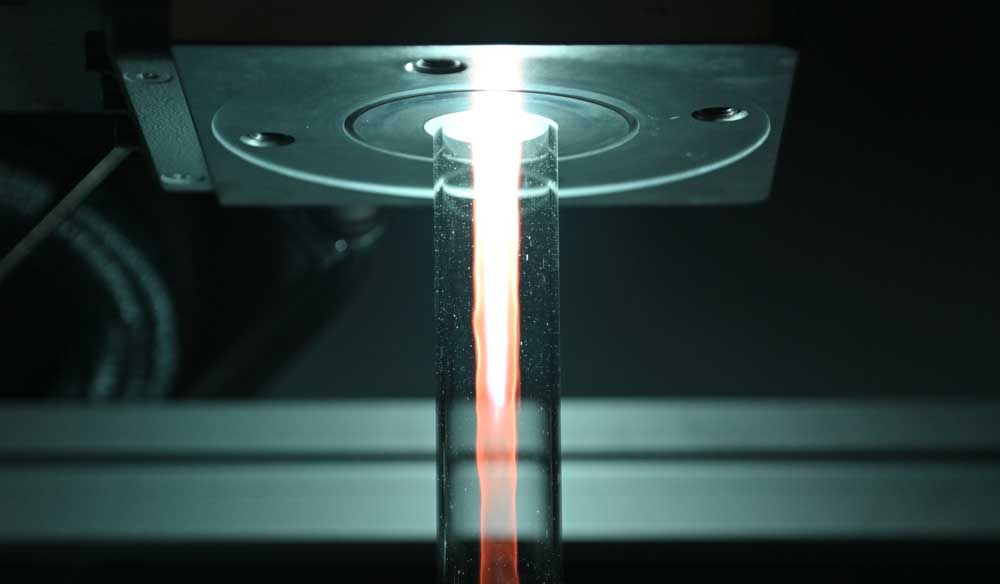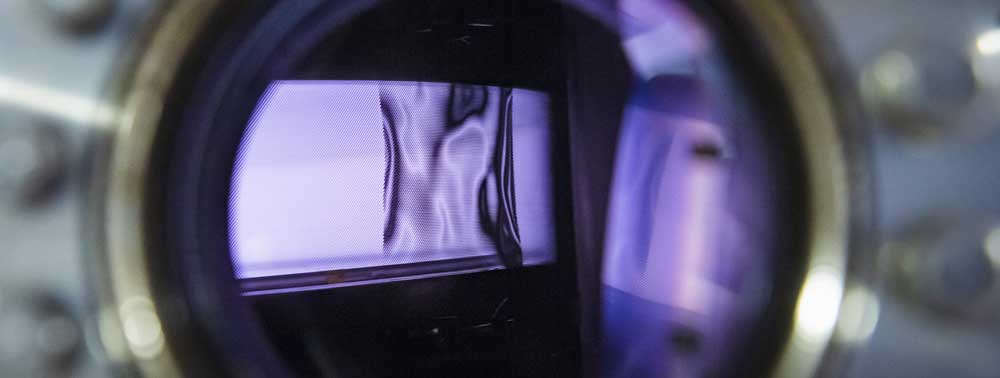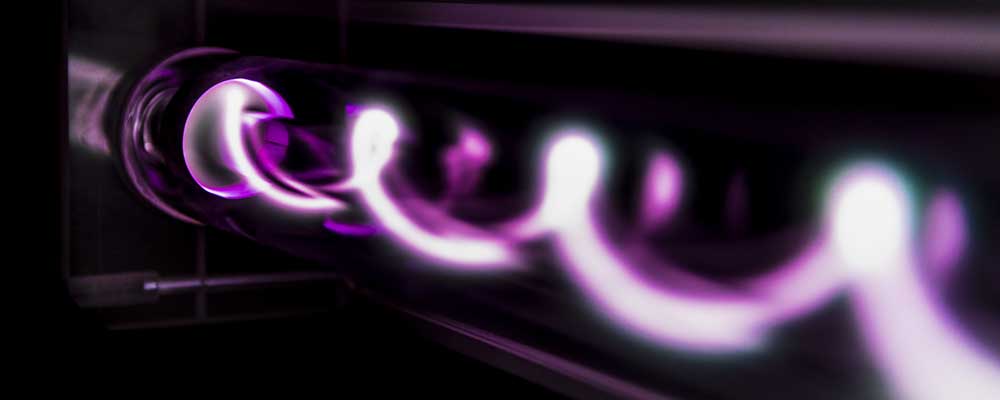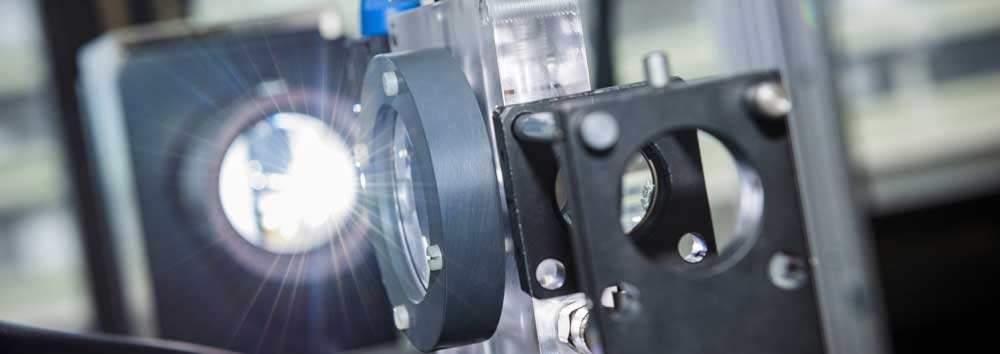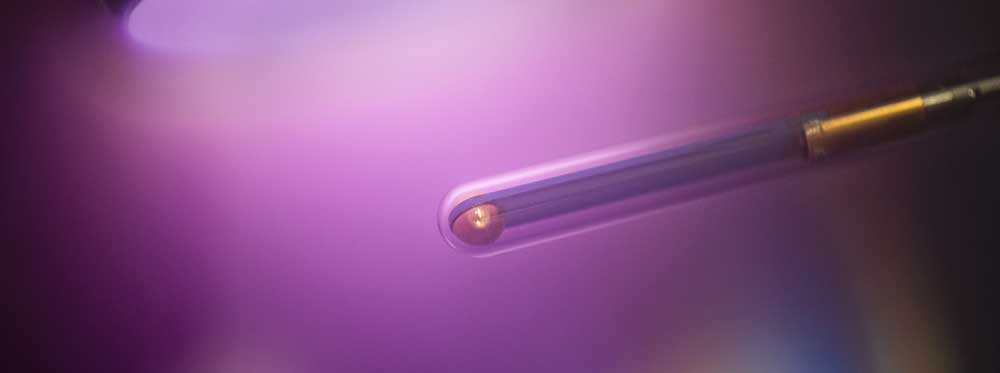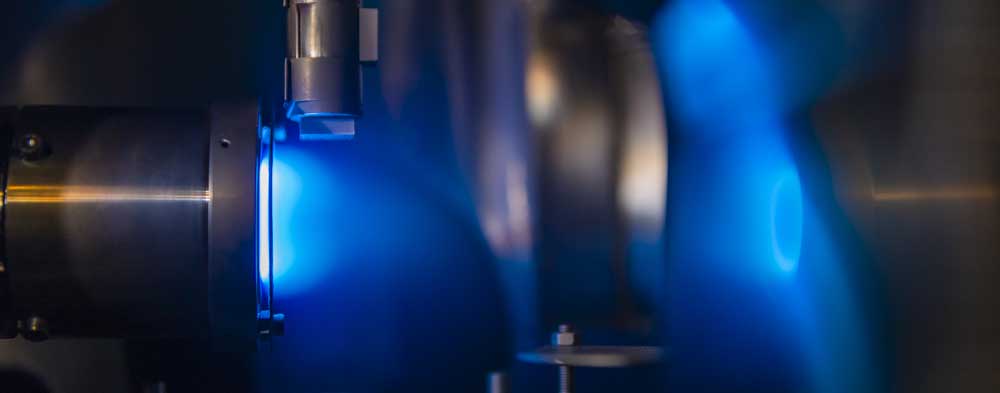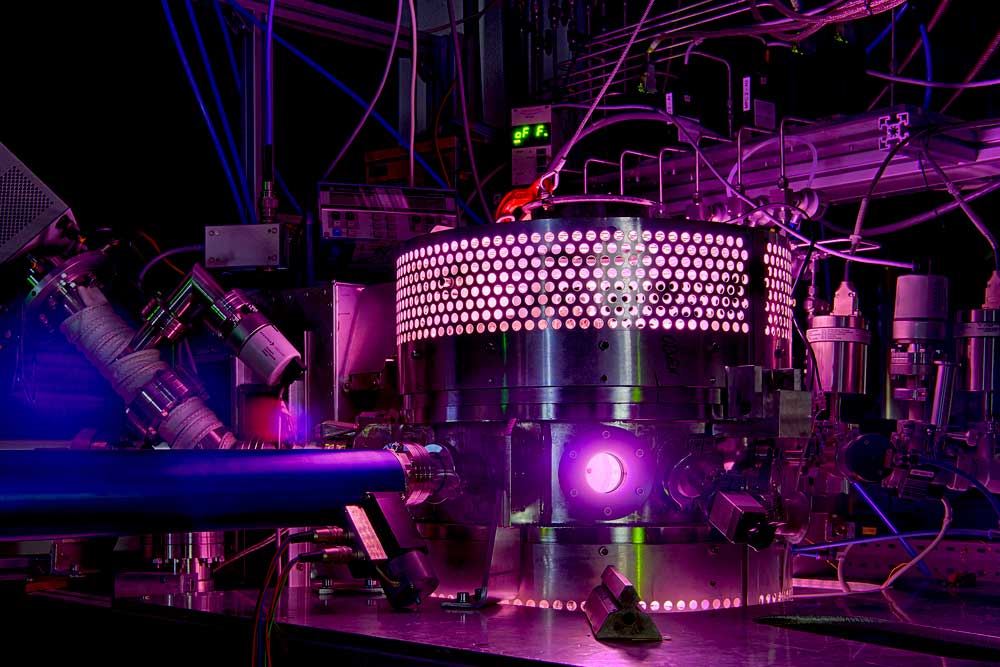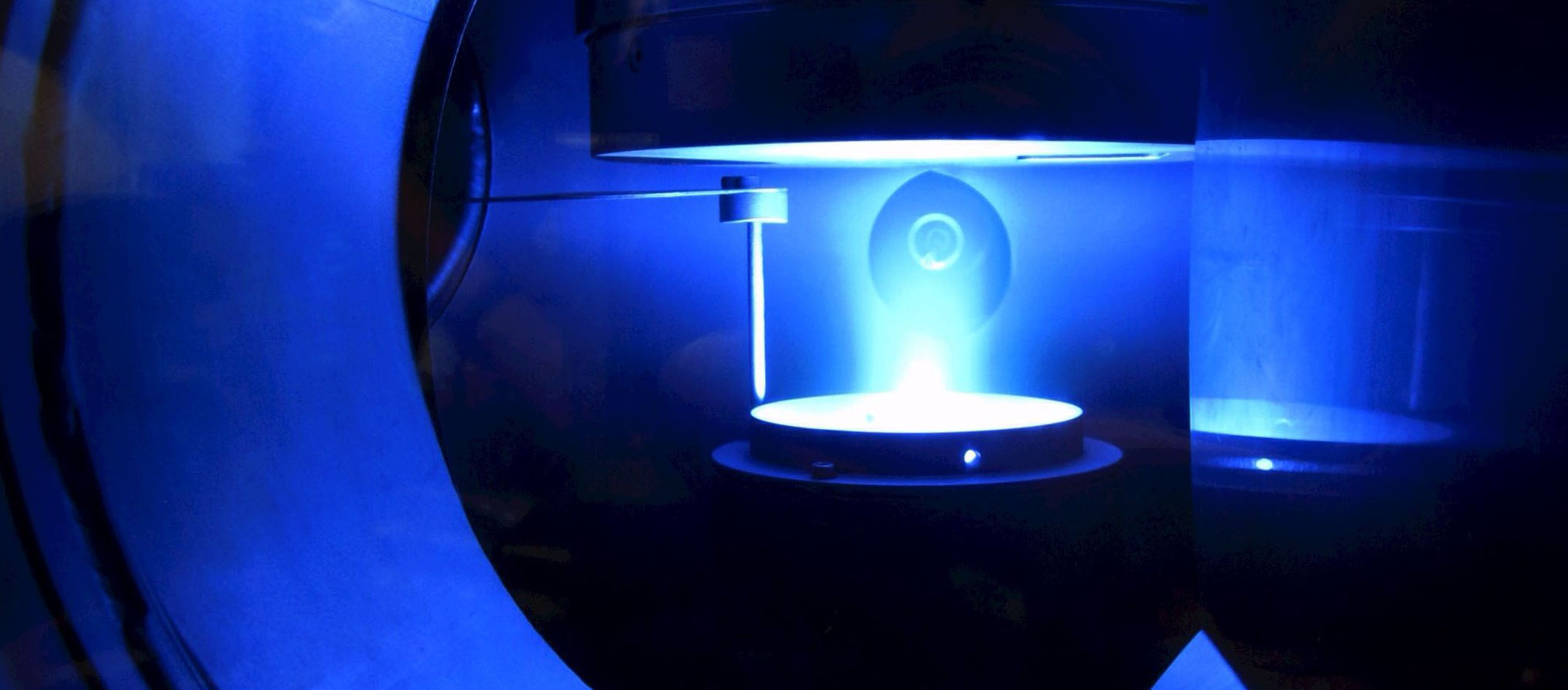27.09.2010 - Dr. Sabrina Casanovas Reise zur 32. Erice School
Astrophysical shocks, for instance in supernova remnants (SNRs), are able to accelerate particles to extremely high energies. The leading acceleration mechanism is diffusive shock acceleration. Its efficiency critically depends on the injection of thermal plasma into acceleration which takes place at the subshock of the collisionless shock structure.
The magneto-hydrodynamical (MHD) turbulence confines particles to the shock front controlling their maximum energy. Therefore, the study of the MHD turbulence in a compressive plasma near a shock is a key to understanding the entire process of particle acceleration. In other words the theory of shock acceleration is a new challenge in plasma physics.
Dr. Casanova was invited by the organizers to give an overview talk at the 32nd Erice School (September 16th - 24th, 2010). She held a lecture concerning the gamma ray emission from molecular clouds close to SNRs. In the talk, Dr. Casanova presented the acceleration of particles in the shell of SNRs as well as an investigation of the the gamma ray emission produced by the accelerated particles in the shell of the SNRs and in the vicinity of the SNRs. The latter is a powerful tool to probe the properties of the acceleration mechanism, such as the maximum acceleration energy. During the time of the school, Dr. Casanova participated in the open discussions taking place every day in the early afternoon.
